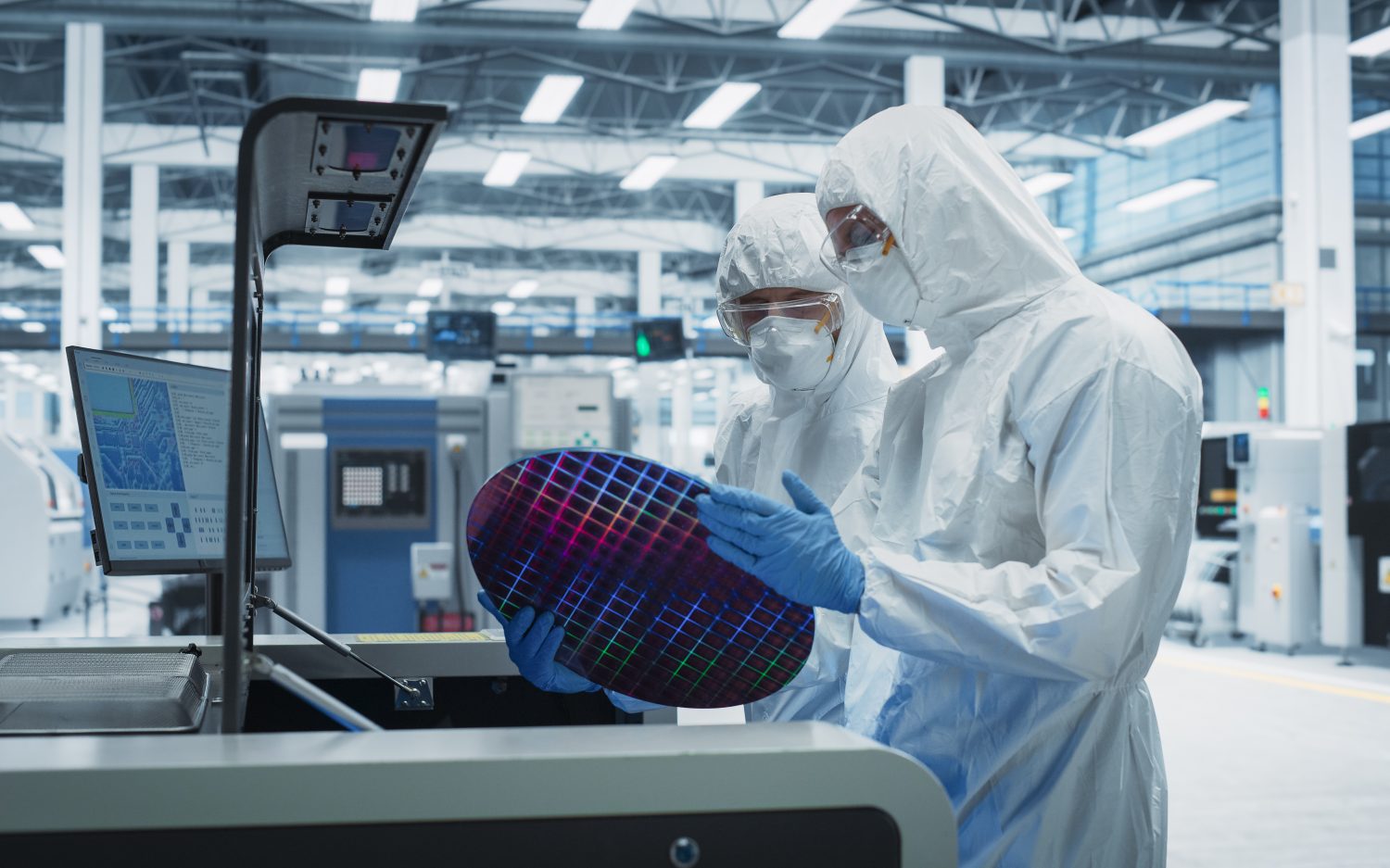How a 3-D printer saved a dying baby
Using 3-D printing technology, a University of Michigan surgeon made it possible for an 18-month-old boy to win his battle to breathe. The Jan. 31 surgery happened just in time for Garrett Peterson, who since birth had unpredictable episodes when he would simply stop breathing and turn blue.
Garrett had been in a Salt Lake City hospital his entire life, and no one knew how much longer they could keep him alive. “It’s really hard to watch your child basically suffocate and pass out before you could revive him and bring him back, over and over,”Garrett’s father, Jake Peterson, said in a statement.
Garrett suffered from tracheobronchomalacia. The cartilage in his windpipe was too weak to prop it open when he breathed. The more he struggled to breathe, the more it collapsed. Dr. Glenn Green—a University of Michigan ear, nose, and throat specialist—wanted to surgically implant in Garrett custom-designed, white plastic splintscreated by biomedical engineer Scott Hollister in the university’s 3-D printing lab.
The Food and Drug Administration had to grant special approval to use the new technique under its “compassionate-use” guidelines, which can cut through red tape to save a life if no other options exist.
A CT scan of Garrett’s trachea provided the information to design a 3-D model of the tube needed to help him breathe. Using technology barely 20 years old, Hollister started with a bioabsorbable plastic dustand fused it with lasers into the exact size and shape Garrett needed to buttress his windpipe.
Dr. Richard G. Ohio, head of pediatric cardiovascular surgery at the University of Michigan’s C.S. Mott Children’s Hospital, performed the delicate, eight-hour procedure to implant the splints in a way that would allow Garrett’s trachea and bronchi to stay open and to grow normally. In three years, the plastic devices will dissolve, and the breathing tubes will be mature and stiff enough to remain open on their own.
Garrett’s surgery was only the second time this procedure had ever been attempted, but Green and Hollister hope it will gain full FDA approval in the future. “It is a tremendous feeling to know that this device has saved another child,”Hollister said in a statement. “We believe there are many other applications for these techniques, but to see the impact living and breathing in front of you is overwhelming.”
When it first developed, experts predicted 3-D printing would eventually be used in homes to manufacture consumer goods on the spot, like something out of Star Trek. But the medical field turned out to be the real early adopter of this technology.
Solid objects came first––prosthetic legs and eyes, then replacement teeth and bones. Those could be made from the plastic-dust-and-laser technique. Now, researchers are developing techniques to use a gel of living cells to print new skin on burn victims and fashion living kidney, heart, and liver tissue. They haven’t yet solved the problem of printing adequate blood vessels into the organ tissue to keep it alive, but they are getting closer.
In December, The Methuselah Foundation offered a $1 million prize for the first tissue engineers to produce a whole, healthy liver. The Virginia-based medical charity is sponsoring the five-year international competition to advance the field of tissue engineering and regenerative medicine.
An actual newsletter worth subscribing to instead of just a collection of links. —Adam
Sign up to receive The Sift email newsletter each weekday morning for the latest headlines from WORLD’s breaking news team.




Please wait while we load the latest comments...
Comments
Please register, subscribe, or log in to comment on this article.